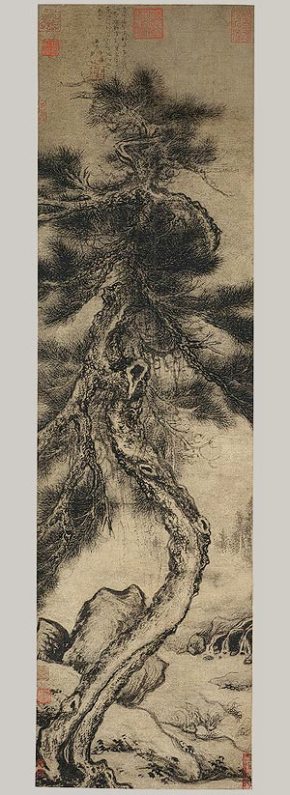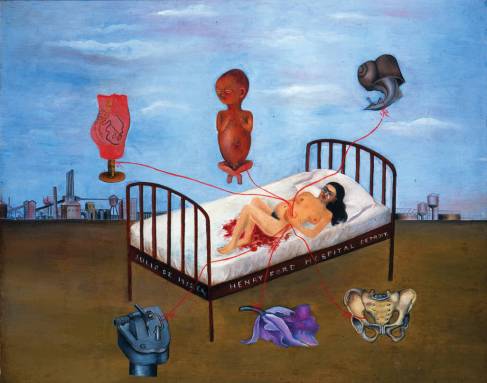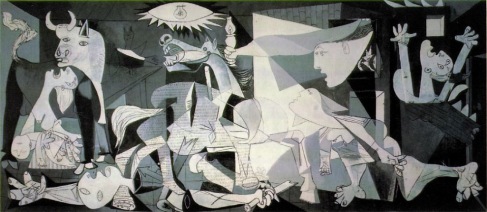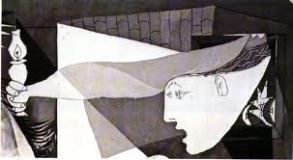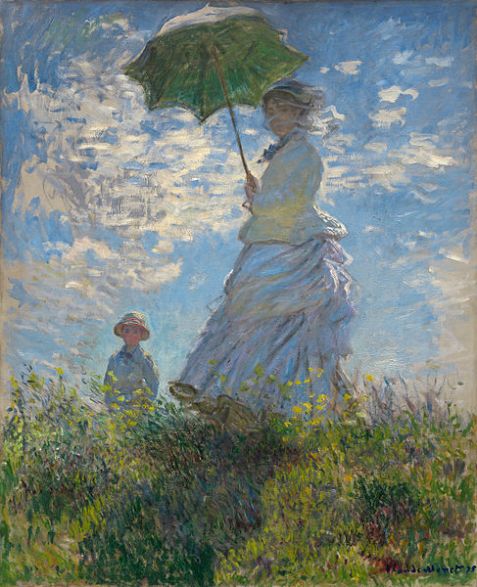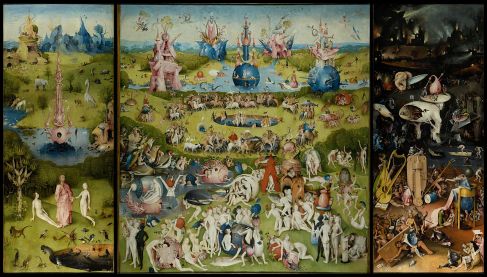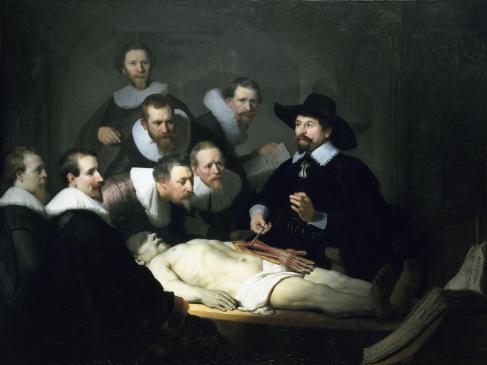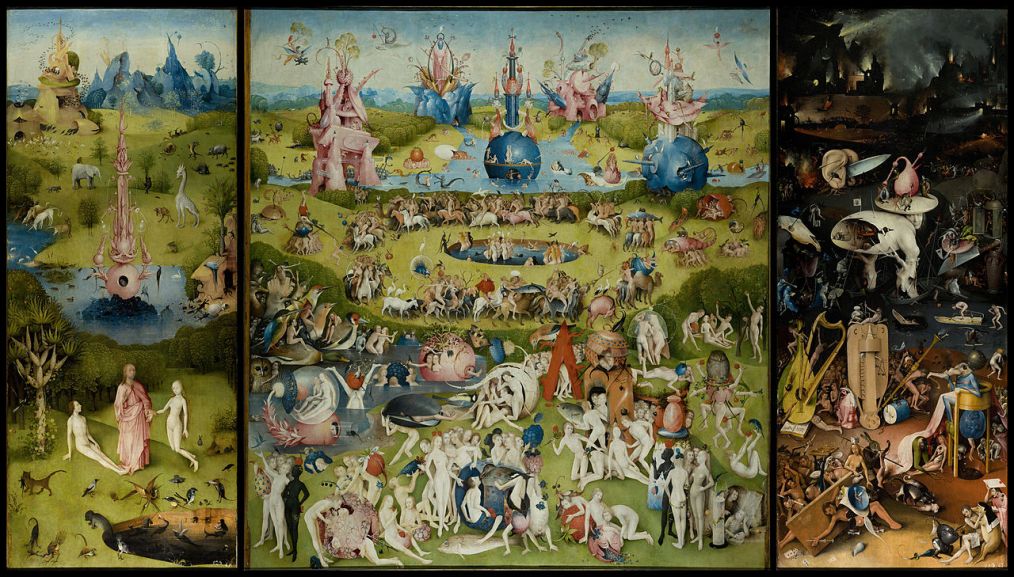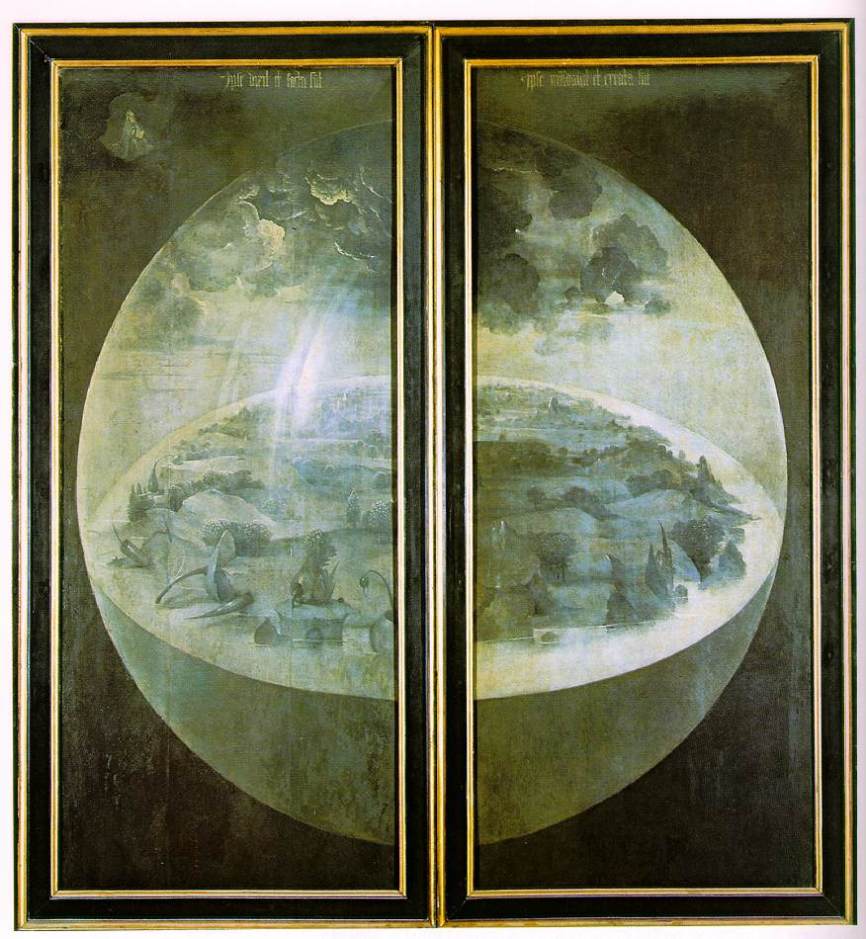The theme of my virtual exhibit is fantasy, and it features some of the works of James Gurney and James Christensen.
James C. Christensen is an American artist. He was born in September of 1946, and grew up in Culver City, California. He attended Brigham Young University and the University of California at Lost Angeles. He taught art professionally for over 20 years. Christensen works with a variety of mediums, in addition to his paintings, he also creates etchings and porcelain and bronze statues. He has also created five books and a series of interactive journals. Many of his works are influenced by myths, fables, and legends, but many of his works also portray biblical stories as well. [1]
I’ve been familiar with Christensen’s artwork from a very young age, because he co-authored (along with Renwick St. James and Alan Dean Foster [3]) and illustrated one of my favorite books as a child, Voyage of the Basset. I absolutely love Christensen’s works, in part because of the subject matter, and in part because of the intricacy and detail found in his works.
James Gurney is an American painter and author. He was born in California in 1958. He studied archeology at the University of California at Berkeley. In 1982 he worked as a background painter for the animated film Fire and Ice and also co-authored The Artist’s Guide to Sketching. He worked as a freelance illustrator, illustrating paperback book covers, and he worked on several assignments for National Geographic Magazine, painting reconstructions of ancient civilizations. His work researching scenes of ancient life for National Geographic provided the inspiration for his book Dinotopia: A Land Apart from Time, which was published in 1992. [3]
I am familiar with Gurney’s works because of his Dinotopia series. My great-grandparents have two of his Dinotopia books (and Voyage of the Basset, I believe), and when I was little and we were visiting them, I would spend a long time looking through the pictures in the books. Gurney’s works really remind me of art from the Romantic era, and I like artwork from the Romantic period, so I like Gurney’s works quite a bit.
When I was little, both Dinotopia and Voyage of Basset were actually rather long and difficult for me to read, but I would spend a long time looking at the pictures in the books. I still love both Christensen and Gurney’s works, especially for their depictions of fantastic creatures and situations.
*As a side note, I had a hard time finding dates for many of these works, so what I did is I put the date that the book they were in was published for the date the works were created.
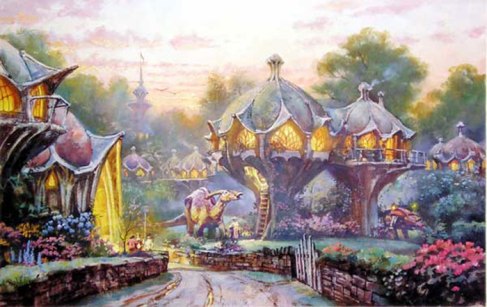
James Gurney Twilight in Bonabba from Dinotopia: World Beneath (1995)
I really love the colors and the lighting in this piece. This work has a very serene feel to it, and for some reason, the style of the houses makes me think of little fairy houses. This work ties into my theme for a variety of reasons. First of all, the architecture of the houses, in my opinion, is pretty fantastical, because it’s not a structure that you would normally find for a house. The other thing that makes this piece fit into the theme of fantasy is how the dinosaurs and humans are living together and forming symbiotic relationships with each other.
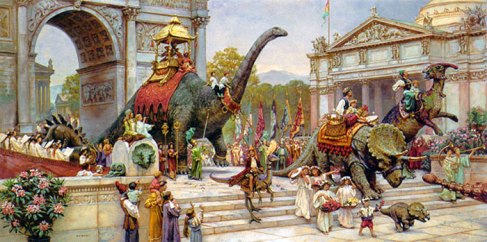
James Gurney Dinosaur Parade from Dinotopia: A World Apart from Time (1992).
The architecture in this work reminds me of Rome or Greece for some reason, but I’m also reminded of France, specifically the arc de triomphe. I like this work, and I love looking at all of the intricacies in this piece. My favorite part of this work is probably the little children in the front of the picture walking with the baby dinosaur. I think that’s really cute. This work ties into the theme of fantasy due to its subject matter, since dinosaurs and humans never formed a civilization where they lived together.

James Gurney Mountain Tribesman from Dinotopia: Journey to Chandara (2007)
I really like the background in this piece, it kind of reminds me of Alaska, or somewhere on the Northwest Coast. This work looks like it would be right at home in an issue of National Geographic, which would make sense since Gurney did work for them a few times. This work ties into the theme of fantasy for the same reason as the other Gurney pieces in that it shows humans and dinosaurs creating a civilization where they live and work together.
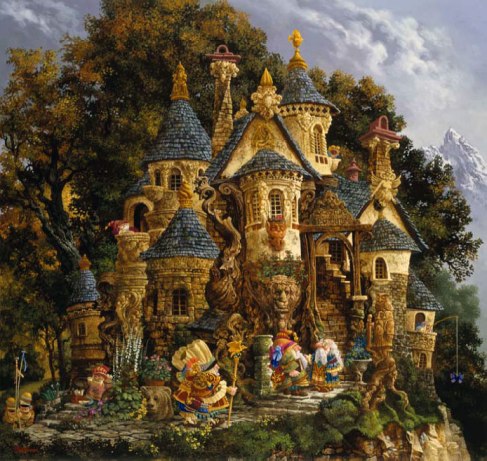
James Christensen College of Magical Knowledge from Voyage of the Basset (1996)
I love this piece, because there are so many little things that I didn’t catch at first, but then when I look at it a second time, I wonder how I missed seeing that the first time. One example is the bear head (maybe a carving?) below the pot of flowers, right next to the professor with the staff. I’m also curious what the one person is trying to catch by using butterflies as bait. This work, along with almost all of Christensen’s works from Voyage of the Basset tie into the fantasy theme because they show a magical world full of strange creatures and people.
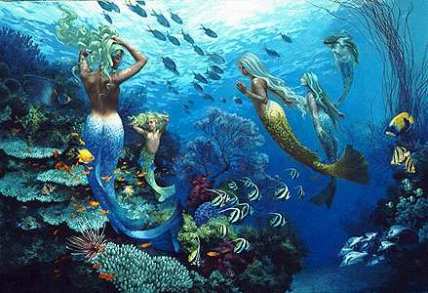
James Christensen Sisters of the Sea from Voyage of the Basset (1996)
I really love the colors in this piece; they are so vivid and bright! Also, Christensen did a great job with all of the detail in the fish and coral reef. Also, as an interesting side note, fish are a fairly common motif in Christensen’s works, and some of his paintings even include fish on a leash. This work ties into my theme, because it is depicting mermaids, which are creatures from myth and legend.
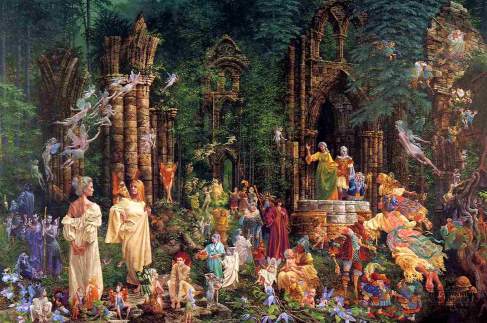
James Christensen Court of the Faeries from Voyage of the Basset (1996)
This was probably one of my favorite pictures from Voyage of the Basset when I was a kid, and my parents actually bought it several years back, and it was hanging over our fireplace, until we moved it to another room (James Christensen is my mom’s favorite artist). This work shows the Court of Oberon and Titania. Titania is the fairy in green, waving to the rest of the fairies, and Oberon is in red, and standing right behind her. I like the variety that Christensen puts into the fairies; they are all very different. Some are very realistic and human-like, but some are more comical and lest realistic. This work ties into the theme of fantasy due to its portrayal of fairies and a variety of legendary characters or creatures.
[1] http://www.greenwichworkshop.com/christensen/
[2] http://en.wikipedia.org/wiki/Voyage_of_the_Basset
[3] http://jamesgurney.com/site/biography
